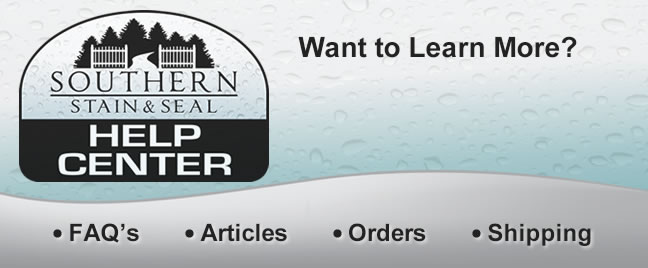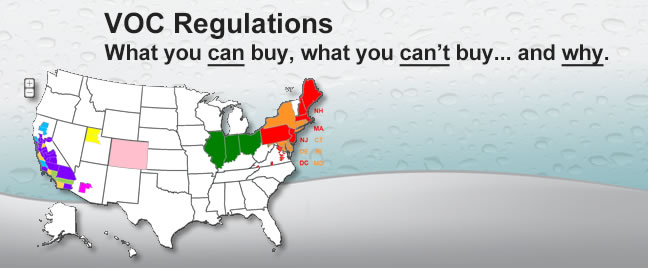Concrete or cinder blocks are commonly used to build buildings, masonry walls and foundations. Most block masonry installations are held together with cement mortar between the blocks. This mortar is the “glue” that holds the whole structure together. Unfortunately mortar is also very porous, and will quickly absorb water and moisture.
Efflorescence is also a big problem on block. It is caused by moisture absorbing into the blocks and dissolving the natural salts and minerals inside. as the moisture evaporates from the surface, it then leaves the white powdered minerals behind. A block sealer will greatly reduce water penetration and can often stop the effects of efflorescence completely.
Sealing your block is easy, simple and will also protect the structure while stopping water penetration into the block and mortar. Most block sealing is done with a high performance penetrating sealer that seals and waterproofs while leaving a completely natural sheen and appearance. These products work 100% below the surface to protect from within. They leave no film or coating on the surface, and will never flake or peel.
Step 1:
Block Cleaning and Preparation
As with all projects, proper preparation is the MOST important step! Before a protective treatment can be applied, any non-compatible existing sealers, paints or coatings MUST be removed and the surface completely cleaned and de-greased to ensure adhesion and penetration. In most cases, a thorough pressure washing is all that is needed before sealing block that is clean and in good condition. If your block is painted or has an existing sealer that has failed or is incompatible with the new sealer you want to use, you will need to remove the old sealer or coating before re-sealing. Specific issues like efflorescence, rust stains or calcite should be addressed with the proper cleaners before applying any sealer or sealant.
- Recommended Products:
 F9 BARC
F9 BARC
Rust Stain Remover F9 Double Eagle
F9 Double Eagle
Degreaser F9 Efflorescence
F9 Efflorescence
Remover Nock-Off
Nock-Off
Coating Stripper
Penetrating Block Sealers
This is the type of sealer we recommend for most block sealing applications. This type of sealer penetrates deep into the surface, sealing out water and contaminates. Penetrating sealants work 100% below the surface to protect your block and mortar from within, while still remaining breathable. These sealers do not form a film or change the sheen of the surface. Some such as WB-75 and SB-100 leave a completely natural appearance, while others like Enhancer Shield provide color enhancement for more of that “wet look” many people desire. These sealers do not become slippery when wet, and can never flake, peel or chip like film-forming sealers. These are very effective, long lasting and offer easy application and maintenance. The life-span and level of protection you get from this type of sealer will depend on the quality of the product you choose. Penetrating sealers should never be applied over an existing sealer, unless the previous sealer was a similar and compatible penetrating sealer.
Staining / Coloring Block
Although staining block is not a very common practice, there are certain situations where it may be needed or desired. Since concrete blocks are similar in composition to regular concrete, most concrete color, stain and dye systems are also compatible for staining block. Be aware that even though these products are compatible with most blocks, they will accept the stain much differently than normal concrete. Always perform a test area to ensure compatibility and desired results before using any stain on any block surface.
For outdoor applications, acid stains are most common and recommended method of coloring block. Also called reactive stains, these traditional stains create a permanent chemical reaction with the minerals on the surface of the block. Available in a variety of earth tones, these UV stable stains are permanent and require a sealer topcoat for outdoor applications. Penetrating sealers are the only recommended sealers for outdoor block sealing.
For indoor applications, acetone dyes or acid stains can be used to color block. Dyes are available in a wider variety of colors, offer easier application and always require a breathable sealer topcoat.
- Recommended Products:
 SurfKoat
SurfKoat
Concrete Acid Stain Kolour-Dye
Kolour-Dye
Acetone Dye
Sealing Stained / Dyed Block
Outdoor Acid Stained Block: Penetrating sealers are the only recommended sealers for outdoor block sealing. Enhancer Shield WB or SB and SurfBlock SB-100 are our two favorites.
Indoor Acid Stained Block: All types sealers can be used over indoor acid stains, but they must be at least partially breathable for use on block. Enhancer Shield WB or SB, Trident CAT-5 and Water-Based Deco Guard would be our top picks.
Indoor Acetone Dyed Block: Acetone dyes require a sealer to protect and hold the dye in place. This sealer must also be at least semi-breathable for use on block. Solvent-Based Enhancer Shield, Trident CAT-5 and Water-Based Deco Guard are our favorites.
- Recommended Products:
 Enhancer Shield
Enhancer Shield
Penetrating Sealer Surfguard SB-100
Surfguard SB-100
Penetrating Sealer Trident CAT-5
Trident CAT-5 Deco-Guard WB
Deco-Guard WB
















